Best Gaming CPUs Under $250 for Mid-Range Builds (AMD & Intel 2025)
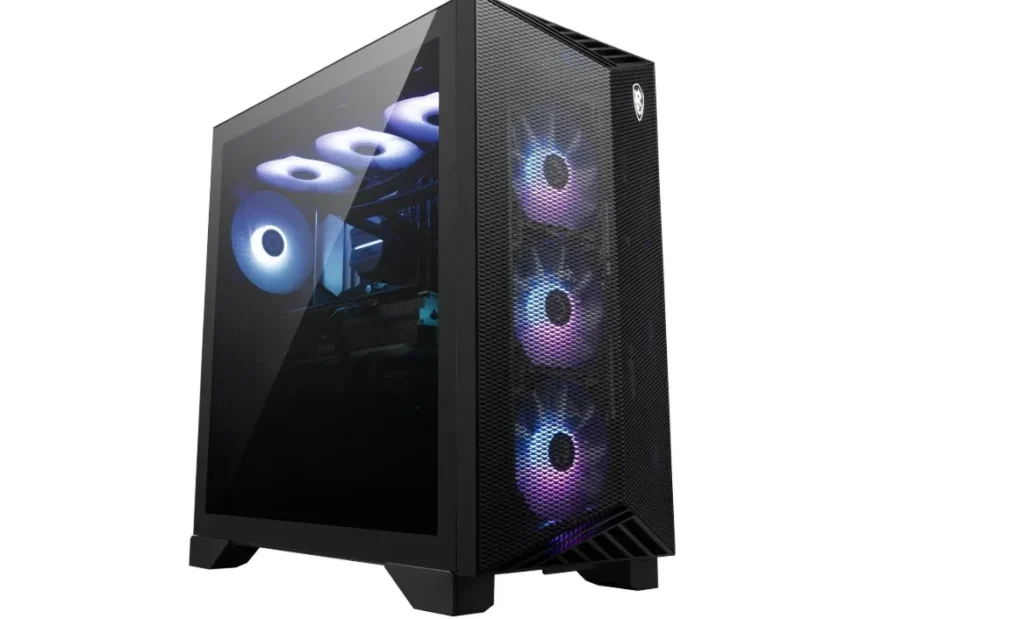
Building a mid-range gaming PC in 2025 offers an incredible balance of performance and affordability. While the graphics card often gets all the attention, a capable CPU (Central Processing Unit) is the unsung hero that ensures smooth gameplay, handles background tasks efficiently, and prevents performance bottlenecks. You don’t need to splurge on a high-end processor to enjoy modern games at excellent frame rates.
This guide is dedicated to helping you find the best gaming CPUs under $250 from both AMD and Intel, perfectly suited for mid-range gaming builds. We’ll explore the key factors that make a great budget CPU, review our top picks, and help you make an informed decision for your next powerful yet affordable gaming rig.
Why a Good CPU is Crucial for Gaming
While the GPU handles graphics rendering, the CPU plays a vital role in gaming performance by:
- Handling Game Logic: Processing AI, physics, environmental simulations, and overall game mechanics.
- Managing Peripherals: Communicating with your mouse, keyboard, and other components.
- Feeding the GPU: Ensuring the graphics card gets enough data to render frames efficiently. A weak CPU can “bottleneck” a powerful GPU, preventing it from reaching its full potential.
- Multitasking: Allowing you to stream, chat, or run other applications in the background without impacting game performance.
Key Factors for a Budget Gaming CPU Under $250
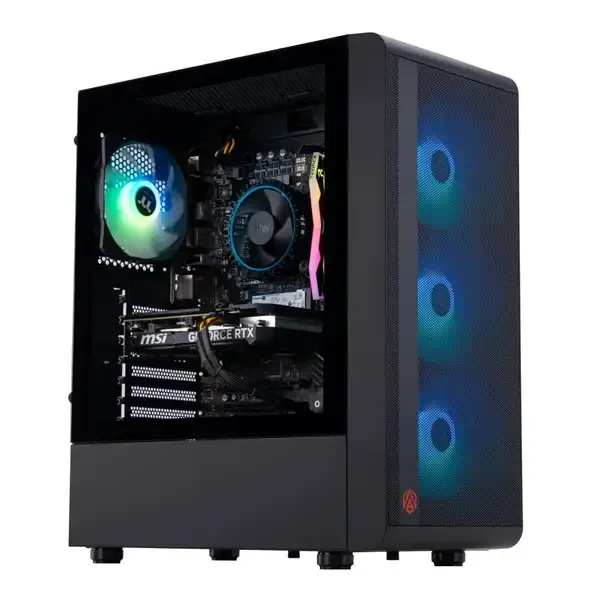
When selecting a CPU for your mid-range gaming PC under $250, focus on these specifications:
1. Cores & Threads
For modern gaming and multitasking, aim for at least 6 cores and 12 threads. This configuration provides enough processing power for demanding games and ensures smooth performance while running other applications in the background. (Image Suggestion: A graphic illustrating CPU cores and threads, perhaps with a simple diagram. Alt Text: “CPU cores and threads explained for gaming”)
2. Clock Speed (GHz)
Higher clock speeds (measured in GHz) generally mean faster processing. Look for CPUs with a high boost clock speed, as this indicates how fast the CPU can run during demanding tasks like gaming.
3. IPC (Instructions Per Cycle)
This refers to how much work a CPU core can do per clock cycle. While not directly listed on spec sheets, it’s reflected in performance benchmarks. Newer architectures from AMD and Intel generally have higher IPC, meaning they perform better even at similar clock speeds.
4. Cache Size (L3 Cache)
A larger L3 cache helps the CPU access frequently used data faster, reducing latency and improving gaming performance. For gaming, a decent amount of L3 cache is beneficial.
5. Socket Type & Motherboard Compatibility
- AMD: Primarily uses the AM4 (older but still relevant for budget) or AM5 (newer, more expensive motherboards) socket.
- Intel: Uses LGA1700 for 12th, 13th, and 14th gen processors. Always ensure the CPU’s socket type is compatible with your chosen motherboard.
6. Integrated Graphics (iGPU – Optional but useful)
Some CPUs come with integrated graphics (iGPU). While you’ll use a dedicated GPU for gaming, an iGPU can be useful for troubleshooting, or if your dedicated GPU fails, or even for light tasks if you’re building without a dedicated GPU initially.
7. Cooling Solution (Stock Cooler vs. Aftermarket)
Many budget CPUs come with a basic stock cooler. While these are often sufficient for general use, for sustained gaming, an aftermarket cooler might offer better performance and lower noise levels, especially if you plan to overclock slightly.
Our Top Picks: Best Gaming CPUs Under $250 for Mid-Range Builds
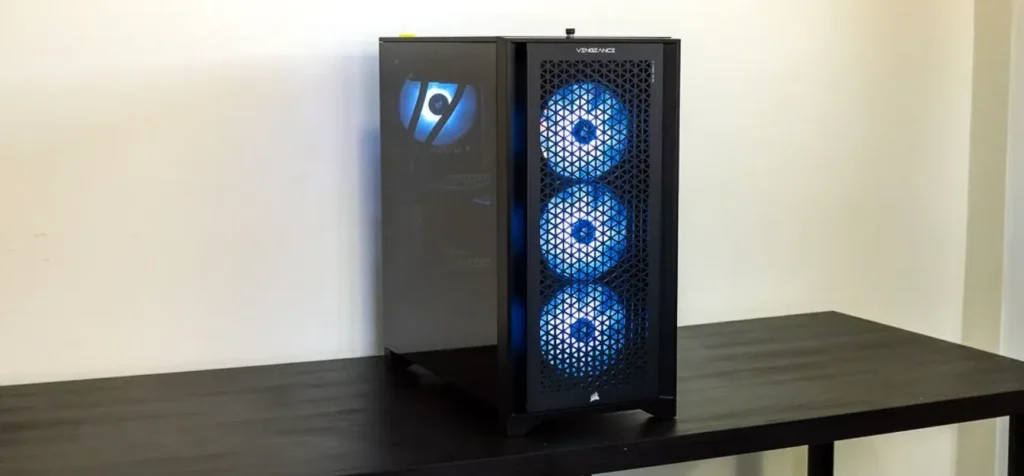
In the sub-$250 price bracket in 2025, both AMD and Intel offer excellent value. Here are our top recommendations:
1. AMD Ryzen 5 5600 (The King of Budget Gaming Value)
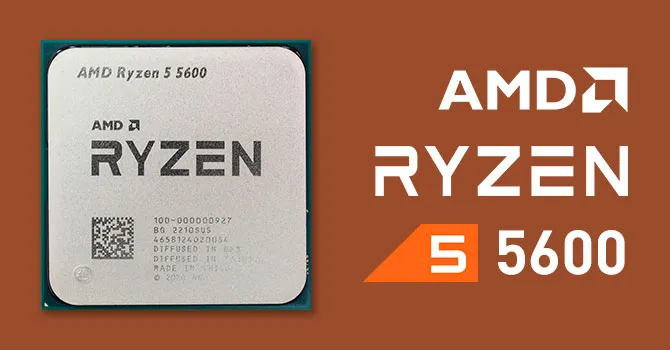
The AMD Ryzen 5 5600 continues to be the reigning champion for budget and mid-range gaming builds. Offering 6 cores and 12 threads with excellent single-core performance, it delivers fantastic frame rates in 1080p gaming and handles multitasking with ease. It’s built on the AM4 platform, meaning you can often pair it with more affordable motherboards and DDR4 RAM. It also comes with a decent stock cooler, making it a complete package.
- Pros:
- Excellent gaming performance for its price
- 6 cores / 12 threads
- Good power efficiency
- Compatible with affordable AM4 motherboards
- Comes with a stock cooler (Wraith Stealth)
- Cons:
- No integrated graphics (requires dedicated GPU)
- Older platform (AM4) compared to AM5
2. Intel Core i5-12400F (Strong Intel Alternative)
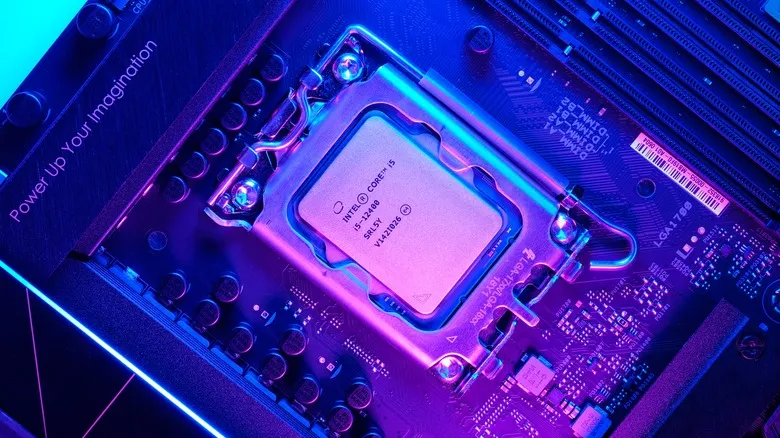
The Intel Core i5-12400F is a superb contender from Intel’s 12th Gen lineup (Alder Lake) and often competes very closely with the Ryzen 5 5600 in gaming performance. It features 6 cores and 12 threads (all P-cores, no E-cores for simplicity) and offers strong single-core performance. Being an “F” series chip, it does not have integrated graphics, so a dedicated GPU is mandatory. It’s on the newer LGA1700 platform, which offers DDR5 support (though DDR4 boards are also available and cheaper).
- Pros:
- Excellent gaming performance
- 6 P-cores / 12 threads
- Newer platform (LGA1700)
- Good power efficiency
- Cons:
- No integrated graphics
- Stock cooler is basic, better to get an aftermarket one
- Motherboards can be slightly more expensive than AM4
3. AMD Ryzen 5 5500 (Ultra-Budget Pick)
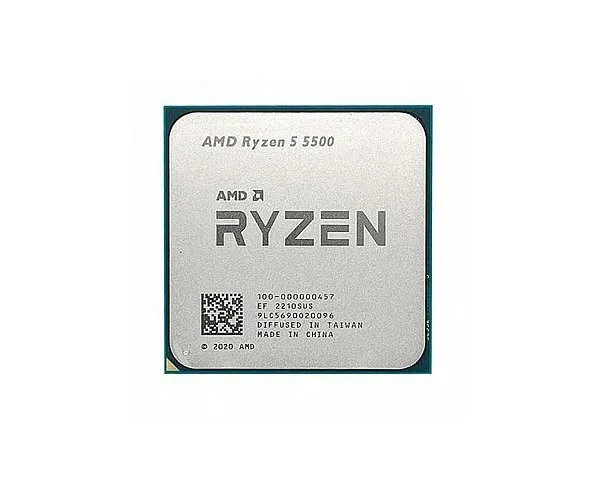
If your budget is extremely tight, the AMD Ryzen 5 5500 often comes in at an even lower price point than the 5600. It’s also a 6-core, 12-thread processor on the AM4 platform. While its gaming performance is slightly lower than the Ryzen 5 5600 (due to less L3 cache), it’s still a very capable CPU for 1080p gaming, especially if paired with a strong GPU. It’s an excellent choice if every dollar counts.
- Pros:
- Extremely budget-friendly
- 6 cores / 12 threads
- Compatible with affordable AM4 motherboards
- Cons:
- Slightly lower gaming performance than Ryzen 5 5600
- No integrated graphics
How We Selected These Budget Gaming CPUs
Our selection process for the best gaming CPUs under $250 for mid-range builds focused on processor performance in actual gaming benchmarks at 1080p resolution. We prioritized CPUs that could consistently deliver high and stable frame rates, minimize bottlenecks for budget to mid-range GPUs, and offer good multitasking capabilities (at least 6 cores/12 threads). Value for money, platform cost (motherboard, RAM), and inclusion of a stock cooler were also key considerations to ensure accessibility for budget builders.
Tips for Installing and Optimizing Your Gaming CPU
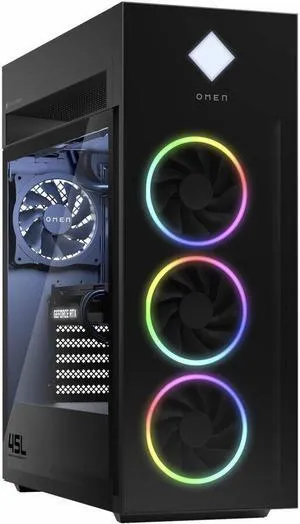
Once you’ve chosen your new gaming CPU, here are some tips to get it running optimally:
- Check Motherboard Compatibility: Always ensure your chosen CPU is compatible with your motherboard’s socket and chipset. You might need a BIOS update for older motherboards.
- Apply Thermal Paste Correctly: If your cooler doesn’t come with pre-applied thermal paste, apply a pea-sized amount to the center of the CPU.
- Install Drivers: After installing Windows, install the latest chipset drivers from your motherboard manufacturer’s website.
- Monitor Temperatures: Use software like HWMonitor or Ryzen Master/Intel Extreme Tuning Utility to keep an eye on your CPU temperatures, especially during gaming sessions.
- Enable XMP/DOCP: In your motherboard’s BIOS, enable XMP (for Intel) or DOCP (for AMD) to ensure your RAM runs at its advertised speeds, which significantly impacts CPU performance in games.
Conclusion
Building a powerful 1080p gaming PC on a budget in 2025 is highly achievable with the impressive CPUs available under $250. Processors like the AMD Ryzen 5 5600, Intel Core i5-12400F, and AMD Ryzen 5 5500 offer excellent gaming performance, multitasking capabilities, and a strong foundation for your mid-range build.
By focusing on cores, threads, and real-world gaming benchmarks, you can confidently select a CPU that provides fantastic value and ensures smooth, bottleneck-free gameplay. Get ready to enjoy countless hours of immersive gaming! What’s your top pick for a budget gaming CPU? Share your thoughts in the comments below!